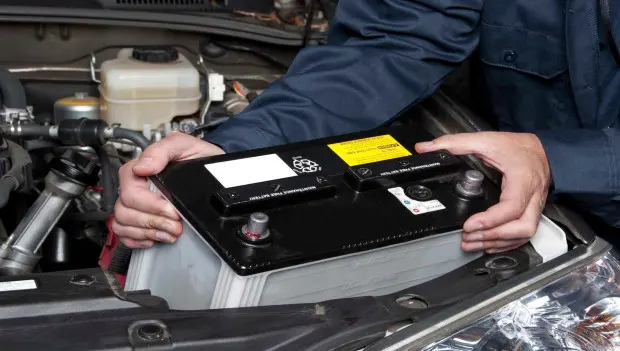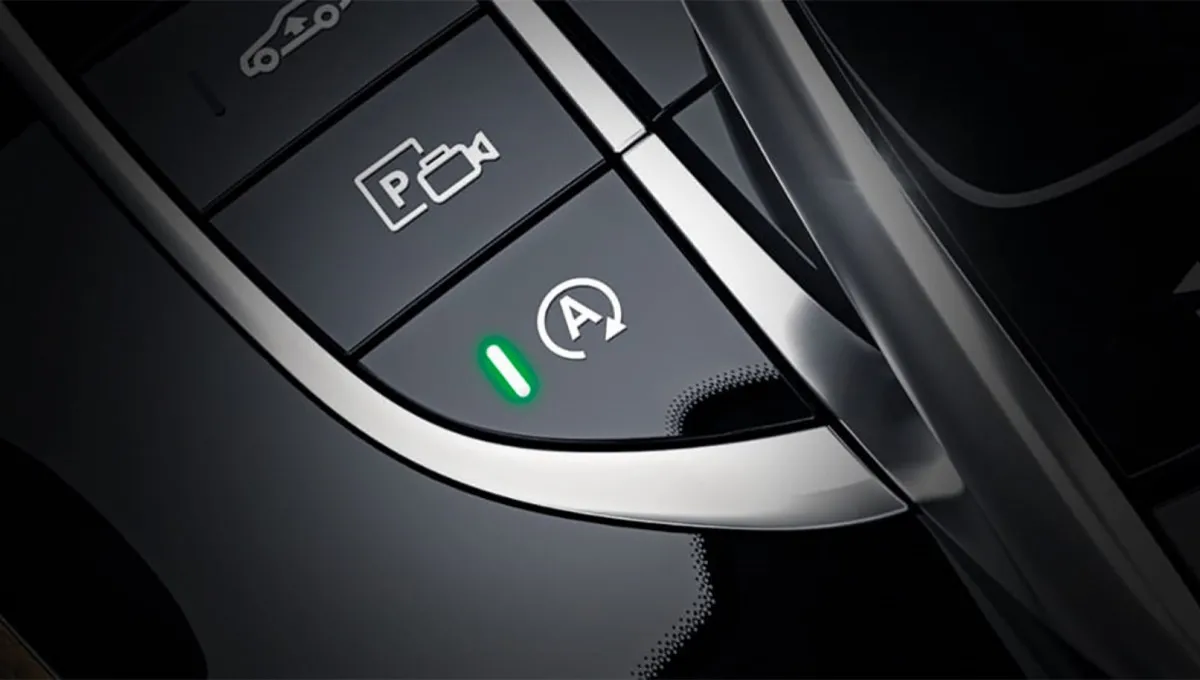The Metal Automakers Fear: What Lithium-Ion Batteries Are Hiding
Why don’t gas-powered cars use the same lithium-ion batteries found in smartphones?

If you’ve ever used a smartphone or gadget, you may have wondered: why don’t automakers use the same lightweight, high-capacity lithium-ion batteries in conventional gasoline cars? They’re light, efficient, quick to charge, and virtually maintenance-free—so why are today’s vehicles still equipped with heavy 20–25 kg (44–55 lb) lead-acid batteries?
How Lithium-Ion Batteries Work
First, lithium in pure form isn’t present. These batteries rely on compounds of lithium with nickel, cobalt, manganese, or iron for the cathode, while the anode is typically graphite (or sometimes graphene). Lithium salts in organic solvents serve as the electrolyte.
The advantages are clear. A 90 Ah lead-acid battery weighs about 24 kg (53 lb), while a lithium-ion battery with similar output (1.08 kWh) weighs just 5 kg (11 lb) and offers higher energy density. They charge quickly, can deliver power almost instantly when needed, and retain their performance even after long periods of inactivity.
Maintenance is another plus—though modern lead-acid batteries also require little attention if the car’s electrical system is in good condition.
Why Automakers Are Wary
Lithium-ion batteries also have serious downsides. In climates common across the U.S., they perform poorly in extreme cold or heat. Temperatures above 140°F (60°C) can be especially dangerous—causing batteries to fail or even explode.
Another issue is cobalt, a toxic and environmentally harmful element found in nearly all lithium-ion batteries. Large-scale disposal after millions of cars reach end-of-life could become an ecological nightmare.
These batteries are also sensitive to vibration—an unavoidable reality in cars. And then there’s cost: lithium-ion units can be ten times more expensive than traditional lead-acid batteries.
The LiFePO₄ Alternative (LFP)
Progress hasn’t stopped. Lithium iron phosphate (LiFePO₄ or LFP) batteries use far less lithium and no cobalt. They also handle a wider temperature range: down to –22°F (–30°C) while retaining about 70% capacity, and up to 122°F (50°C) without the risk of an open-flame fire (though smoke is possible).

An LFP battery weighs more than a standard lithium-ion but less than a lead-acid battery—a typical 60 Ah unit is about 11 lb (5 kg) instead of 44 lb (20 kg). Prices generally range from $240–$440.
Still, they’re not a drop-in replacement. Below freezing, LFP batteries can discharge but not charge, and they require precise voltage and charging parameters. Overcharging or deep discharges shorten their life. Retrofitting a car may even require reprogramming its electronic control unit (ECU), adding cost and complexity. In warm climates, though, LFP can be a practical upgrade.
Where Lithium-Ion Batteries Are Used
Automakers continue refining lithium-ion technology, but cost remains stubbornly high. These batteries aren’t just for EVs—they’re already used in some high-performance gas-powered sports cars like the Porsche GT3/GT2 and McLaren MP4-12C. For everyday drivers, widespread adoption will depend on further improvements in affordability and durability.
Clarifications
An electric battery is a rechargeable chemical power source that can be recharged after discharge by running current through it in the reverse direction.
A lithium-ion battery is a type of rechargeable battery widely used in electronics, and increasingly in electric vehicles and energy storage systems.
You may also be interested in the news:

Ten Unusual Wheel Designs That Completely Transform a Car’s Look
Wheels are one of the most important parts of a car—and not just because the vehicle can’t move without them.

Tesla Bets Big on Battery Manufacturing in Germany
Tesla has resumed work on launching battery production at its Grünheide plant in Brandenburg.

Is Your Car's Start-Stop Feature Helping or Hurting: Am I the Only One It Annoys?
Most modern vehicles come with auto start-stop systems that shut off the engine at stops, but drivers remain divided.

The Three Most Problematic Zodiac Signs Behind the Wheel: An Astrological Anti-Ranking
Based on popular astrology stereotypes, this tongue-in-cheek ranking highlights zodiac signs most likely to annoy drivers behind.

Why a CVT Can Be Better Than a Traditional Automatic: Three Reasons to Rethink Continuously Variable Transmissions
Many drivers still shy away from CVTs out of habit. They’re often seen as delicate, high-maintenance gearboxes that demand constant attention.